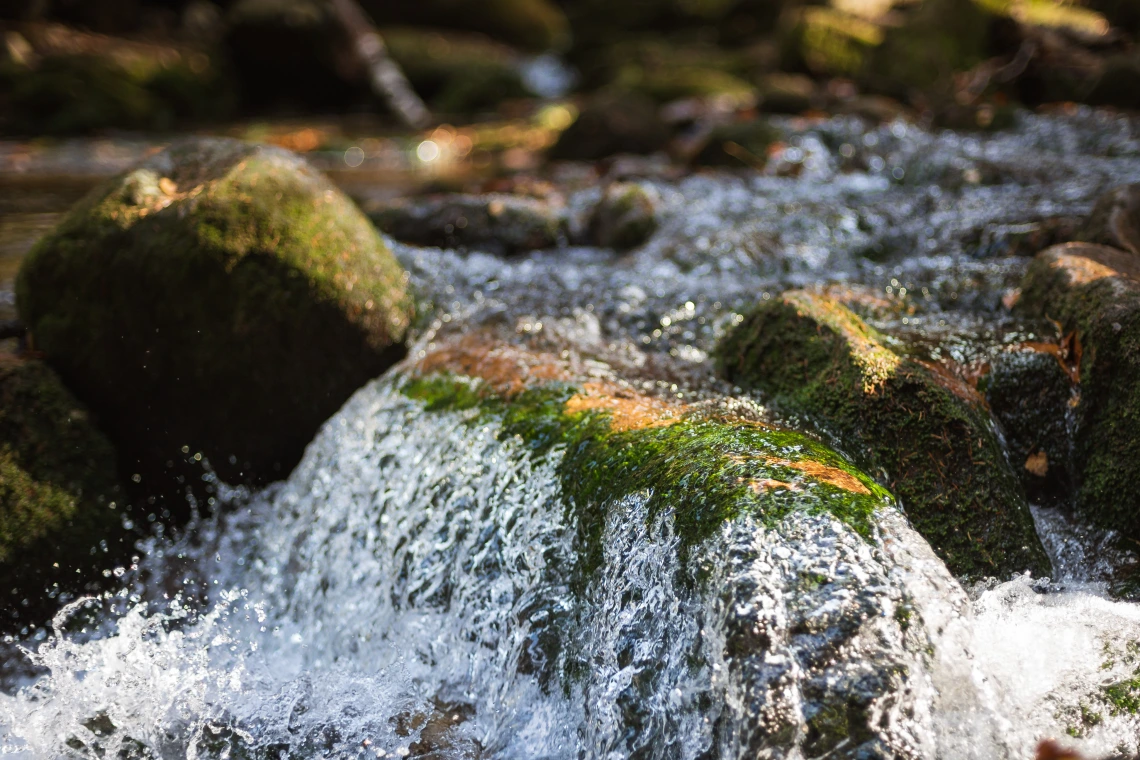
When
Where
Available in person in Harshbarger 110 or via zoom (see email link)
Abstract
Streams integrate complex and interrelated processes that occur in the Critical Zone, or the outer layer of Earth that provides life-sustaining resources like clean water and fertile soil. Critical Zone processes, including biogeochemical reactions and hydrological processes, govern the production and export of chemical solutes at the terrestrial-aquatic interface, shaping the water quality of our streams and rivers. However, the difficulty of directly observing and measuring these processes limits our understanding of the Critical Zone. In this talk, I will demonstrate the use of field observations and watershed-scale reactive transport modeling to understand how different hydro-biogeochemical processes, especially those at shallow and deep subsurface depths, shape the dynamics of stream chemistry. Moreover, I will demonstrate how stream chemistry dynamics mirror the chemistry of different subsurface flow paths under distinct flow conditions. This Shallow and Deep hypothesis concept further explains near-universal export patterns of many solutes in streams spanning gradients of climate, vegetation, and geology across the continental US. My current and future research interests focus on understanding and predicting the impacts of extreme events (e.g., storms, droughts) on Critical Zone processes and water quality across diverse landscapes and across a range of spatial and temporal scales.
Bio
Bryn is currently the Foster and Coco Stanback Postdoctoral Fellow and Research Associate in Environmental Science and Engineering at the California Institute of Technology (Caltech). Working with Professors Ruby Fu (Mechanical and Civil Engineering) and Woody Fischer (Geobiology), Bryn is exploring the role of vadose zone flow processes in shaping soil biogeochemical dynamics across scales. Bryn earned a PhD in Environmental Engineering and Biogeochemistry from the Pennsylvania State University, working with Professor Li Li (Civil and Environmental Engineering) on using field observations and watershed-scale reactive transport modeling to understand the influences of climate and Critical Zone structure on stream water quality dynamics. As a PhD student, Bryn worked as an NSF-INTERN at the U.S. Geological Survey in Vermont, conducting fieldwork at the Sleepers River Research Watershed.

